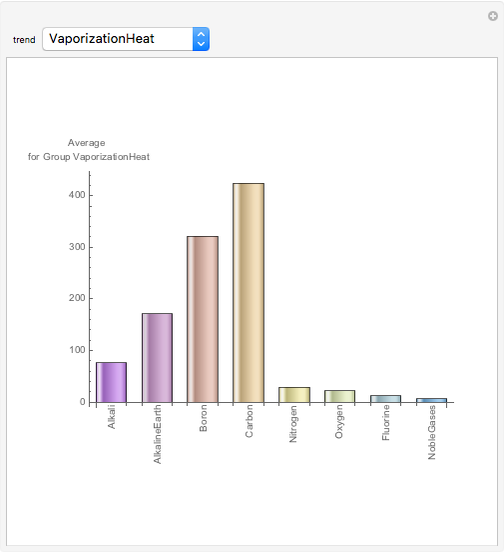
As you add more segments and colors, the problem gets worse.

The brain’s not very good at comparing the size of angles and because there’s no scale, reading accurate values is difficult. The case against pie charts They take up more space and are harder to read than the alternatives. pie charts can easily be manipulated to yield false impressions. pie charts fails to reveal key assumptions, causes, effects or patterns. pie chart does not easily show changes over time. permit a visual check of the reasonableness or accuracy of calculations.ĭisadvantages of pie chart: it does not easily reveal exact values.be visually simpler than other types of graphs.summarize a large data set in visual form.size of the circle can be made proportional to the total quantity it represents.display relative proportions of multiple classes of data.Often used for aesthetic reasons, the third dimension does not improve the reading of the data on the contrary, these plots are difficult to interpret because of the distorted effect of perspective associated with the third dimension. What is a third on a pie chart?Ī 3d pie chart, or perspective pie chart, is used to give the chart a 3D look. Pie charts with lots of slices (or slices of very different size) are hard to read. How many parts do you have? If there are more than five to seven, use a different chart.

The main purpose of the pie chart is to show part-whole relationships. Pie Chart Definition: A type of graph in which a circle is divided into sectors that represent a proportion of the whole.

The pie diagram formula is given as = ( given data / total value of data ) x 360. To find the number of pieces of data each slice represents, multiply the percentage that each slice is worth by the total number of the data sets. Reading Pie Charts To calculate the percentage each slice is worth, measure the angle of each slice and divide this by 360 then multiply it by 100. How do you turn a percentage into a pie chart? If the data you want to display doesn’t add up to 100%, a pie chart might not be your best choice. Specifically, pie charts should illustrate meaningful relationships between percentages, or parts of 100%. Simply put, pie charts are best used to show parts of a whole. The answer is the angle of the segment or the slice. Keep the straight 0° line marked on the protractor on one of the straight sides of a segment and read the degrees marked on the protractor on the other straight side of the segment. Measure the angle of every segment in the pie chart. How do you find the angle for a pie chart? Once you’ve double-checked all your information, you’ll be ready to share your chart. Next, choose the “Design” tab to play with color options for your chart. Pie charts are a useful way to organize data in order to see the size of components relative to the whole, and are particularly good at showing percentage or proportional data. What does a pie chart tell us about the data it represents?Ī pie chart is a type of graph in which a circle is divided into sectors that each represents a proportion of the whole.



 0 kommentar(er)
0 kommentar(er)
